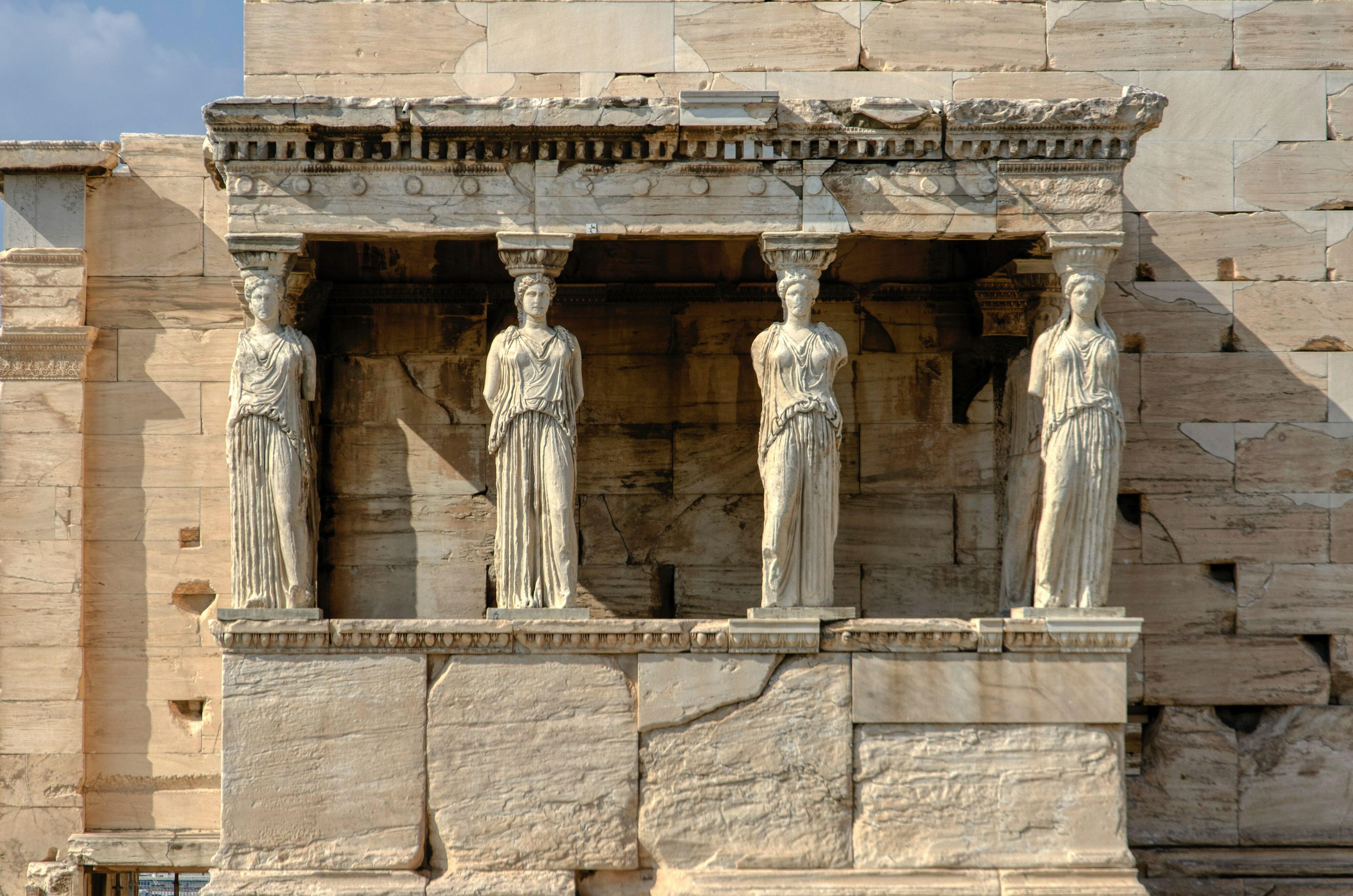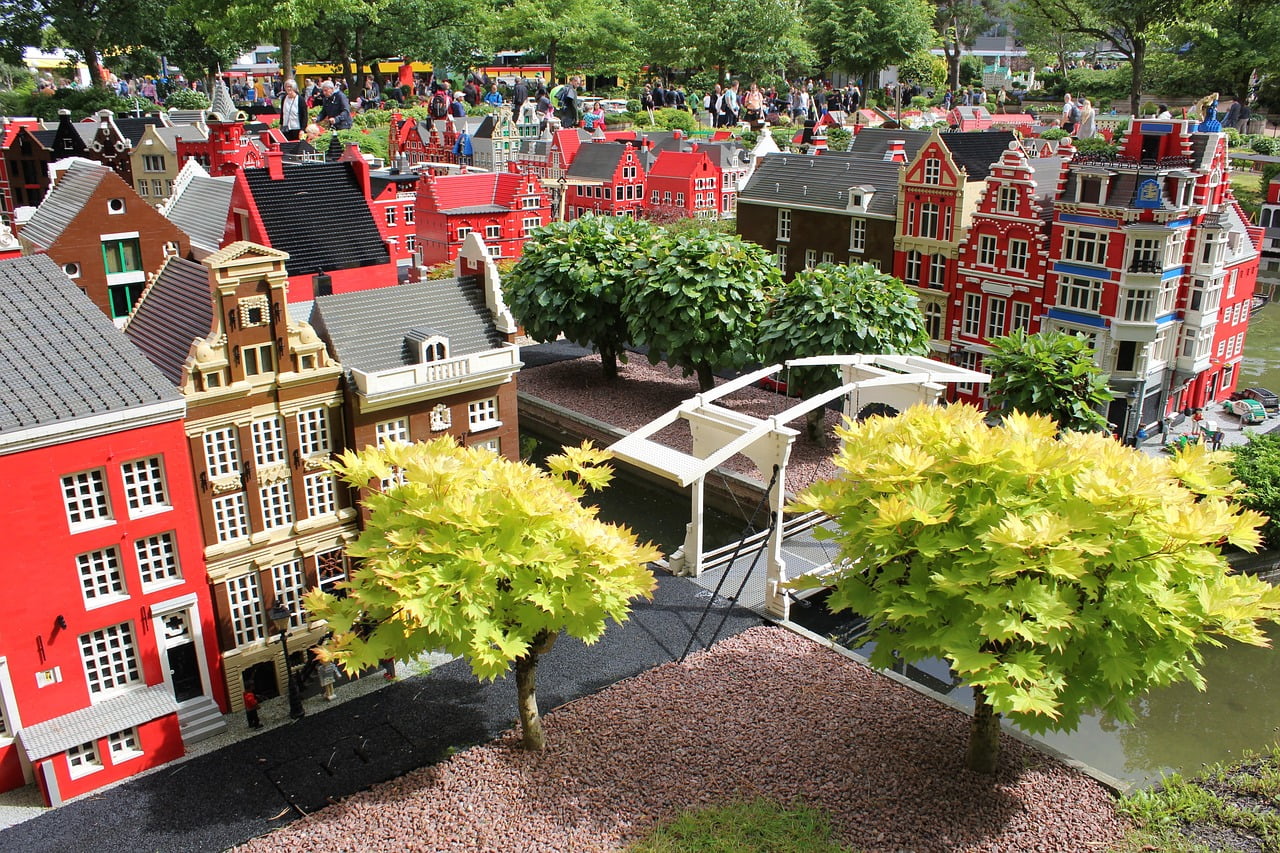What is caryatid in architecture?
In classical architecture, a caryatid is a sculpted female figure that also serves as a column, pillar, or other supportive architectural elements. It was used to hold up the lintel of porches and other parts of classical buildings. A classic caryatid wears a capital (the top of a column) on her head. However, some appear to be holding up the entablature (the ornamented part above a column) with their arms. The name “caryatid” is derived from the Greek word, karyatides, which translates to “maidens of Karyai.” The most famous example is the caryatid porch of the Erechtheum with six figures (420-415 BC) on the Acropolis of Athens and others from the same period can be found in Delphi.
History of Caryatid

The earliest known caryatids existed in Delphi and date back to the 6th century BCE. Caryatids in architecture were integrated into the construction of buildings intended to hold gifts, such as the Siphnian Treasury, in this region. The inhabitants of Delphi offered presents to Apollo, an important Olympian deity in both Greek and Roman mythology, at this location. Nearly two centuries later, history’s famous caryatids were seen near Athens. Six copied sculptures were discovered on the south porch of the Erechtheion, an Acropolis temple. Today, replicas stand there, with five original sculptures in the Acropolis museum and one in the British Museum.
Like other classical art, caryatids became unpopular in the middle ages, but during the Italian Renaissance, they sparked again. Rather than using it for building façades, sculptors began incorporating it into the interiors. A caryatid in architecture is always a female figure; the male figures, which serve the same function, are known as atlas or telamon.
Examples of Caryatid
- The Austrian Parliament, Vienna, Austria
- Winkel van Sinkel, Utrecht, Netherlands
- Monument to the Unknown Hero, Beli Potok, Serbia
- Wallace fountain, Paris, France
- St Pancras New Church, London, England











